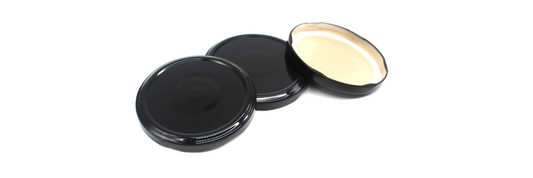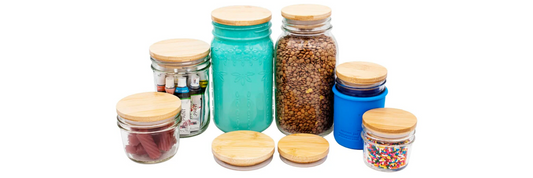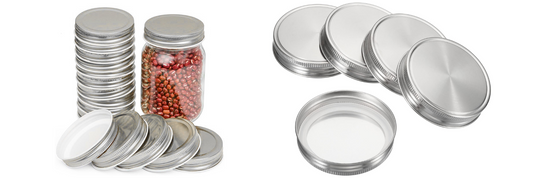Cutting boards are an essential tool in every kitchen, and the innovation of double-sided cutting boards has brought a new level of versatility and functionality. A double-sided cutting board features two distinct surfaces designed for different purposes, making it an ideal choice for maintaining hygiene, improving efficiency, and saving space.
- Kitchen Cutting Board : Definition, Uses, and Benefits
- Types of Cutting Boards: Comprehensive Guide to Choosing the Right One
- How to Make a Cutting Board: Step-by-Step DIY Guide
Double Sided Chopping Board Overview
What is Double Sided Cutting Board?
A double-sided cutting board is a versatile kitchen tool designed with two usable sides for food preparation. Unlike standard cutting boards with a single usable surface, double-sided boards allow you to flip and use either side, offering distinct advantages in terms of functionality, hygiene, and efficiency.

What is a Double-Sided Cutting Board Made Of?
Double-sided cutting boards are crafted from a variety of materials to suit different needs:
-
Bamboo and Plastic: A combination of natural bamboo and durable plastic.
-
Wood and Plastic: A fusion of classic wooden surfaces with modern plastic.
- Stainless Steel and Plastic: A sleek combination of rust-resistant steel and easy-to-clean plastic.
Each material offers unique benefits, allowing users to select the best option for their kitchen requirements.
Benefits of Using a Double-Sided Cutting Board
Prevent Cross-Contamination
One of the primary advantages of a double-sided cutting board is its ability to prevent cross-contamination. By using separate surfaces for raw and cooked foods, you can significantly reduce the risk of foodborne illnesses.
Save Space and Money
With two functional surfaces in one board, you eliminate the need to purchase multiple cutting boards. This not only saves money but also reduces clutter in your kitchen.
Enhance Convenience and Efficiency
The dual-sided design allows for a seamless workflow in the kitchen. For instance, you can chop vegetables on one side and slice meat on the other without needing to wash the board in between tasks.
Types of Double Sided Cutting Board
Bamboo and Plastic Double-Sided Cutting Board
This type of cutting board combines the natural aesthetics of bamboo with the practicality of plastic. One side is made of eco-friendly bamboo, ideal for slicing bread or chopping vegetables, while the plastic side is perfect for handling raw meats and fish.
Advantages:
-
Eco-Friendly: Bamboo is a renewable resource.
-
Versatile: Two distinct surfaces for different uses.
-
Lightweight: Easy to handle and store.
Disadvantages:
-
Requires regular maintenance for the bamboo side.
-
Plastic may develop scratches over time.

Wood and Plastic Double-Sided Cutting Board
This combination offers the warmth and durability of wood alongside the practicality of plastic. The wooden side is gentle on knives and ideal for cooked foods, while the plastic side is non-porous and perfect for raw meats.
Preventing Cross-Contamination
By dedicating each side to a specific type of food, you can effectively prevent cross-contamination. This design is particularly useful in households with high food safety standards.
Advantages:
-
Knife-Friendly: Wooden side helps maintain sharp knife edges.
-
Easy to Clean: Plastic side is dishwasher-safe.
-
Durable: Resistant to wear and tear with proper care.
Disadvantages:
-
Wooden side requires regular oiling to prevent drying out.
-
Heavier than single-material cutting boards.
Stainless Steel and Plastic Double-Sided Cutting Board
The stainless steel and plastic cutting board is a modern solution for those who prioritize hygiene and durability. The stainless steel side is excellent for rolling dough or handling seafood, while the plastic side is ideal for everyday chopping tasks.
Hygiene and Durability
-
Hygienic: Stainless steel is non-porous and easy to sanitize.
-
Long-Lasting: Resistant to stains, odors, and corrosion.
-
Dual Functionality: Suitable for both heavy-duty tasks and delicate preparations.
Advantages:
-
Easy to clean and maintain.
-
Highly durable and resistant to knife marks.
-
Aesthetic appeal, adding a sleek look to your kitchen.
Disadvantages:
-
Can be heavier than other cutting boards.
-
Stainless steel surface may dull knives faster than wood or plastic.

In addition, there are many types of double-sided cutting boards such as stainless steel and rice husk fiber material cutting boards, wood and stainless steel cutting boards,...
What is the Best Double-Sided Cutting Board?
Choosing the best double-sided cutting board depends on your kitchen needs, material preferences, and intended use. Here are some suggestions to help you make the best choice:
Best Double-Sided Cutting Board for Overall Versatility
A cutting board with clearly defined sides for raw and cooked foods is ideal for versatility. Look for one made of durable, BPA-free plastic or a combination of materials, ensuring it is dishwasher-safe and lightweight for everyday use.
Best Double-Sided Cutting Board Eco-Friendly
For a more sustainable option, select a double-sided cutting board made of bamboo and plastic. The bamboo side is perfect for slicing bread or preparing vegetables, while the plastic side is durable and easy to clean, making it suitable for raw meats.
Best Double-Sided Cutting Board for Heavy-Duty Use
If you require a cutting board for more robust tasks, consider one with a stainless-steel side for cutting tougher foods or rolling dough and a plastic side for general chopping. Stainless steel is non-porous, highly hygienic, and resistant to stains and odors, making it a great choice for heavy-duty use.
Best Double-Sided Cutting Board for Knife Protection
A cutting board with a wooden side and a plastic side offers the perfect balance of functionality and knife safety. The wooden side protects knife edges, reducing dulling, while the plastic side handles raw meats and other high-moisture tasks effectively.
Best Double-Sided Cutting Board For Budget Option
For a practical and affordable choice, look for a simple double-sided plastic cutting board. These are lightweight, non-slip, and often feature drip grooves to catch liquids, making them an excellent budget-friendly option for basic kitchen tasks.









